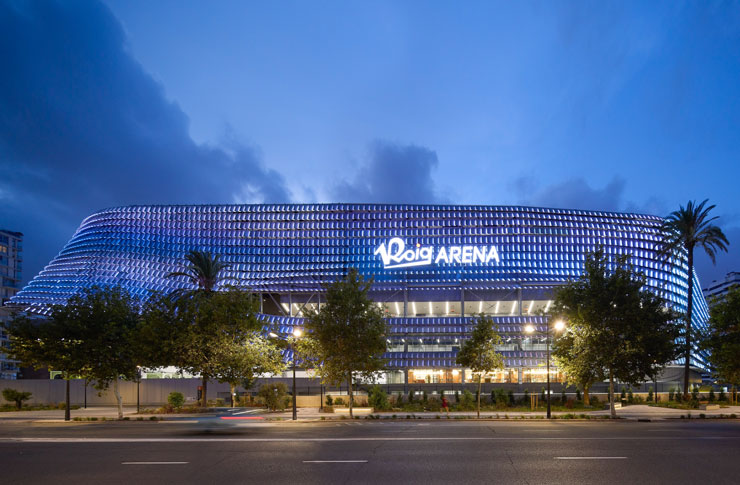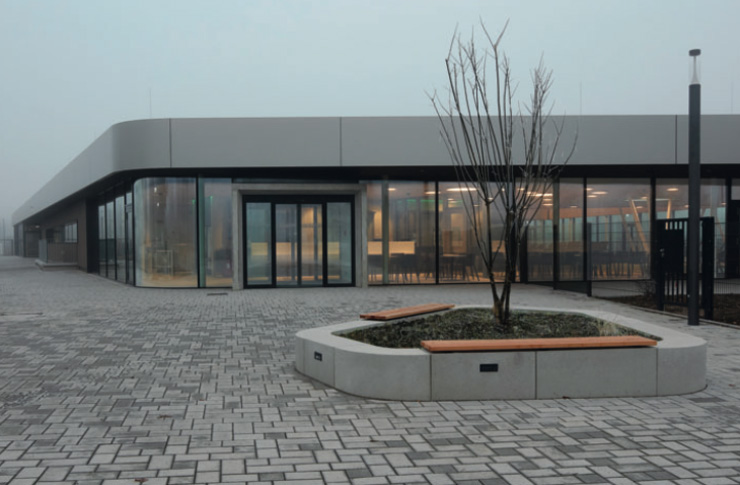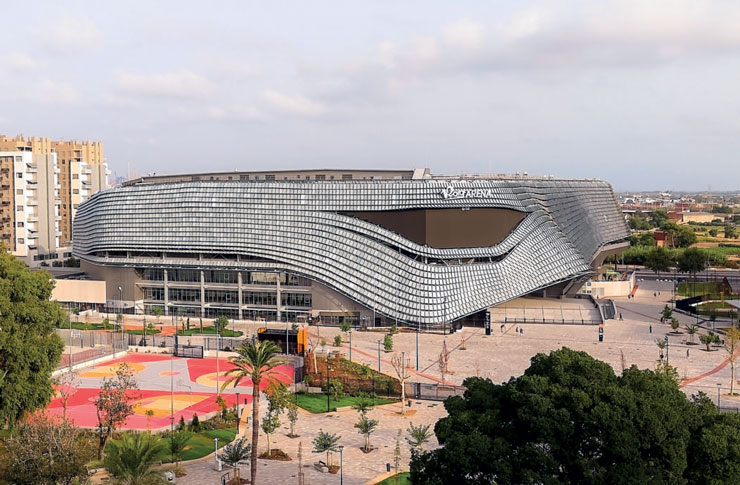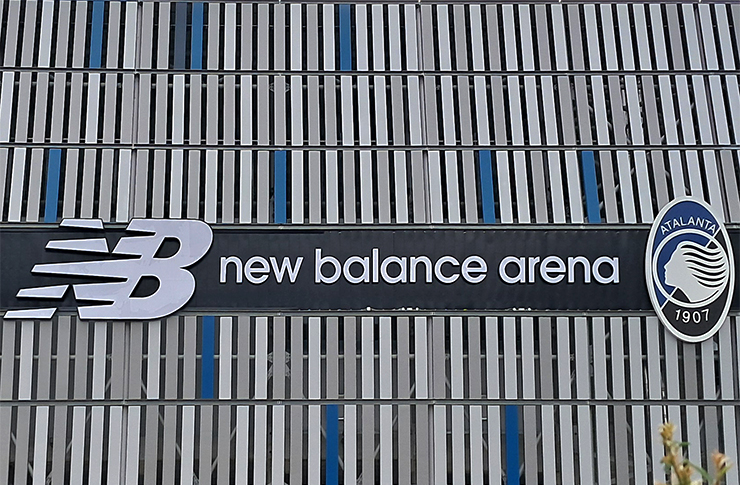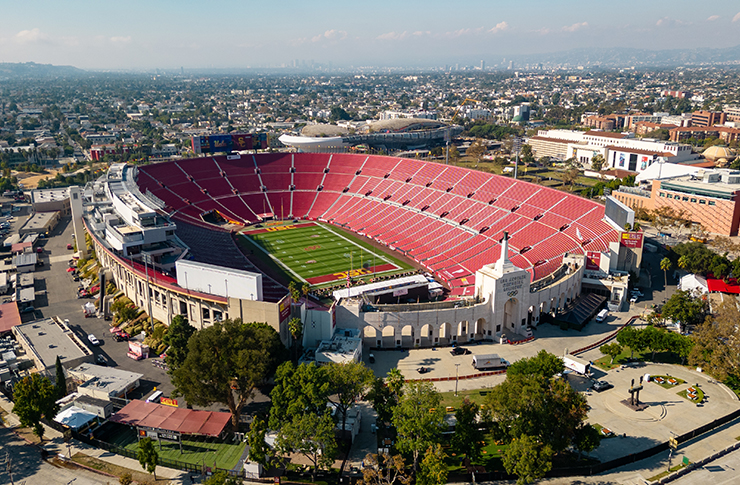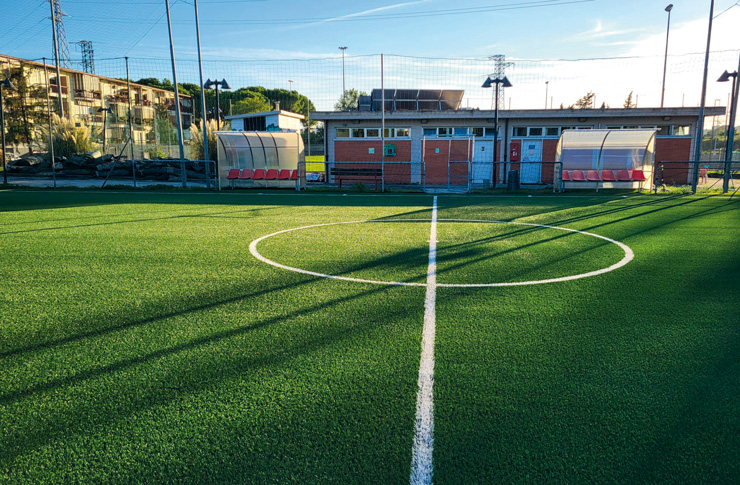Two thoughts on the topic of the Tsport Special Issue about school gyms.
Back to school

(Ph. Pavel L/Shutterstock)
In preparing the ‘special report’ in this issue of Tsport, dedicated to gyms with a focus on school gyms, we had the opportunity to talk to those who live the school from the inside and know its needs and shortcomings.
While it is true that besides schools that are well endowed with their own sports spaces, there are institutes that have to share municipal halls, and it is also true that many PNRR resources have been allocated to education, two responsibilities emerge from our journey on which to focus attention.
The first is the design responsibility, a frequent subject of our (perhaps pedantic) recommendations. The design of sports spaces for school purposes requires – as with all projects – an adequate knowledge of the use that will be made of such spaces. In the definition of the courses, in the use of materials, in the organisation of the changing rooms, in the choice of furnishings, everything must be commensurate with the lively presence of young students (not necessarily with the vocation and rigour of the athlete) and at the same time with the usability by sports associations in extracurricular hours.
The recommendation is addressed to the skill of the designers: they will fatally clash with the budget put in place by the tendering body, which will require a good dose of inventiveness to achieve satisfactory results with limited resources.
And here the second responsibility comes into play, which concerns those in charge of maintenance. Even the best-designed gyms must be handled with all the care due to highly frequented spaces with a lively user base. The wear and tear of sports surfaces, damage to equipment, and any other signs of the time would require a prompt repair. But while the manager of a private gymnasium has every interest in keeping the spaces in the best shape for commercial needs, school gyms are the property of municipalities and provinces (or metropolitan cities), whose budgets are neither ample nor solicitous to be employed. Thus, even the best-equipped schools in terms of space suffer from quality deficiencies, or have to draw on their own resources to cope with emergencies.
We discuss this in more detail with the related articles.

